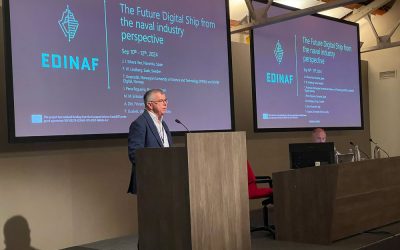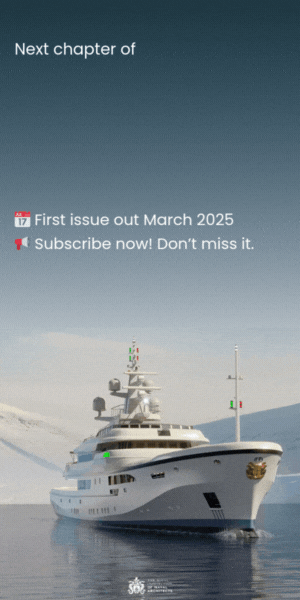Warship Technology: March 2021
A concept of operations intended to enable the US Navy to operate more effectively against potential adversaries that could bring concentrated firepower to bear on high value US Navy warships is one of the factors driving demand for a new class of logistics vessels.
In order to counter the improved capabilities of China more effectively in particular, the US Navy wants to begin shifting to a new fleet architecture that is to be more distributed than its current fleet architecture. This more distributed architecture would make use of more small units, and fewer high value, larger units.
To support the Distributed Maritime Operations (DMO) concept and the vessels deployed under it, and to replace older logistics vessels, the US Navy’s Next-Generation Logistics Ship (NGLS) programme envisages the procurement of a new class of medium-sized at-sea resupply ships. The US Navy’s proposed FY2021 budget requested US$30.0 million in research and development (R&D) funding for the programme.
In a pre-solicitation notice released in May 2020, NAVSEA suggested that there are several types of commercial vessels that may be able to perform these missions.
As Congressional Research Service researcher Ron O’Rourke noted in a February 2021 update on the programme, NGLS envisages the construction of a new class of CLF ships that would be smaller and individually less expensive to procure than the current CLF ships.
NGLS units might be built in two variants to perform specific missions. Like the US Navy’s current CLF ships, NGLSs would be operated by MSC with mostly civilian crews. They would be able to operate close to contested environments, sustaining afloat Surface Action Group and ashore Expeditionary Advanced Base requirements.
The vessel types that the US Navy believes might be able to undertake these missions include commercial and offshore vessels including but not limited to platform supply vessels, fast supply vessels and other types of offshore support vessels.
It is understood to be considering conversion of existing vessels, new construction, or a combination of conversions and new construction in order to acquire the required number of Next-Generation Logistics Ships.





